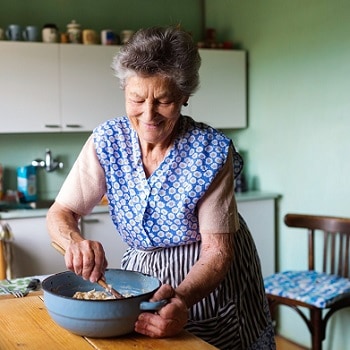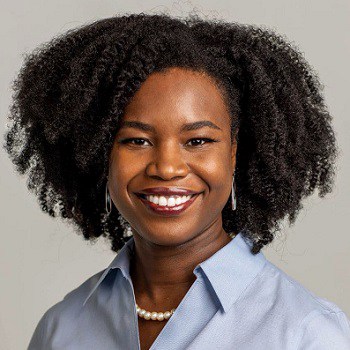Dardhielle Jean, OTR/L, CHT, has joined our Center for Rehabilitative Medicine as a Certified Hand Therapist and Occupational Therapist.
Her specialty in hand therapy allows her to help patient recover from injuries and illnesses that impact the hand, wrist, elbow and shoulder.
These are complex parts of the body, and hand therapists use specialized expertise to help patients regain function, relieve pain and find new ways of doing activities.
Injuries to the hand and arm can have a devastating impact on our ability to work, perform school-related tasks, take care of ourselves and enjoy favorite hobbies.
Dardhielle Jean, OTR/L, CHT, recently joined the Center for Rehabilitative Medicine at Regional One Health’s East Campus. As a Certified Hand Therapist, she has extensive training to help patients who have upper extremity injuries regain function, reduce pain and find new ways of doing what they love.
“We play an important role in the continuum of care,” she said. “After patients get through acute care and inpatient rehab, we further tune their ability to function. We help patients maximize their independence and get back to what they want to do with their life.”
Dardhielle sees patients with a variety of diagnoses – and not solely for hand issues.
“One of the biggest misconceptions is that we work exclusively with the hand, but we can help with many symptoms or diagnoses associated with the upper quadrant – the shoulder, elbow, wrist and hands,” she said. “It’s all connected. Sometimes a patient has an issue with their hand, for example, but the origin of the problem is the shoulder.”
Dardhielle treats a variety of issues:
- Orthopedic and musculoskeletal injuries: fracture, crush injury, strain, tear, amputation, dislocation, nerve injury
- Neurological conditions: traumatic brain injury, spinal cord injury, stroke, Parkinson’s disease, multiple sclerosis.
- Arthritis, general pain and pain syndromes
- Cumulative trauma: carpal tunnel syndrome, trigger finger, pronator teres syndrome
She can also see pediatric patients (10 years old and older) for issues like congenital hand malformation, traumatic injury and neurological conditions.
Dardhielle uses an individualized approach to assess each patient and develop a treatment plan.
Her first step is to review the patient’s chart and talk to their physician about the diagnosis she’ll be treating as well as other medical issues and past treatments and surgeries.
“When I meet with the patient the first time, I ask about what they’re hoping to achieve through therapy, and I explain what I can do for them,” she said. “I assess their overall physical abilities and do testing to get a better idea of what’s going on, then we work together to create goals and a plan of care. It’s a collaborative effort.”
Dardhielle uses various techniques to either address the underlying deficit or, if that isn’t possible, give patients new ways of doing things.
While every treatment plan is different, services include:
- Therapeutic exercises
- Manual therapy and instrument-assisted soft tissue mobilization
- Electrical stimulation and therapeutic ultrasound
- Scar management
- Custom orthotic devices and taping
- Adaptive equipment, assistive devices and ergonomic activity modification
- Patient and caregiver education

For Dardhielle, the most rewarding aspect of treating patients is helping them regain independence and return to the activities they love.
Using these techniques, Dardhielle has seen patients make remarkable strides: returning to competitive sports, resuming work, independently performing self-care activities like eating and showering, and returning to hobbies like video games, writing and painting.
The specialized expertise of a Certified Hand Therapist can make a big difference. “The hand is very complex, so the surgeries and treatments are complex,” Dardhielle said. “Our additional training in this field allows us to see things that might otherwise be missed.”
Certified Hand Therapists have three years of clinical experience including 4,000 hours of direct practice in hand therapy. They undergo additional study, testing and continuing education.
Along with those credentials, Dardhielle brings something more to her patients: a positive attitude and uplifting approach. “I point out all of their successes, no matter how small, and tell them as long as they are making progress, they should give themselves credit.”
Seeing patients regain independence is her biggest reward. “I’m not here to tell them what to accomplish. They are the writers and illustrators of their own lives, and I play the role of editor,” she said. “My patients and their caregivers create what they want. I help make it attainable.”
